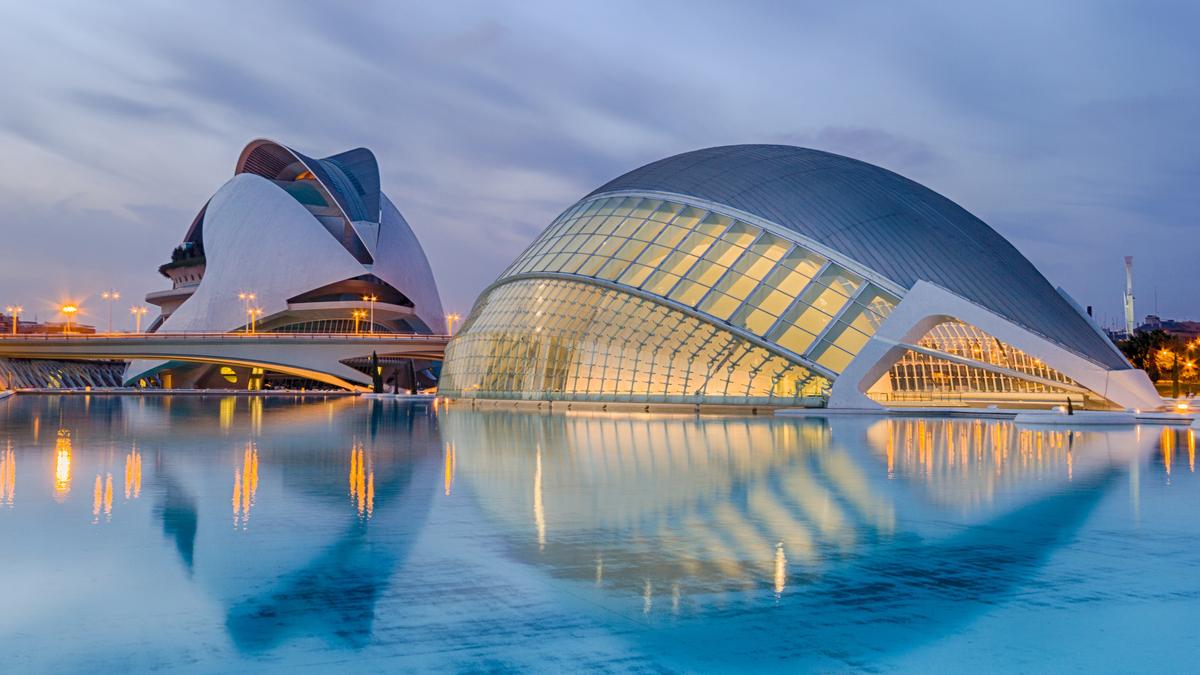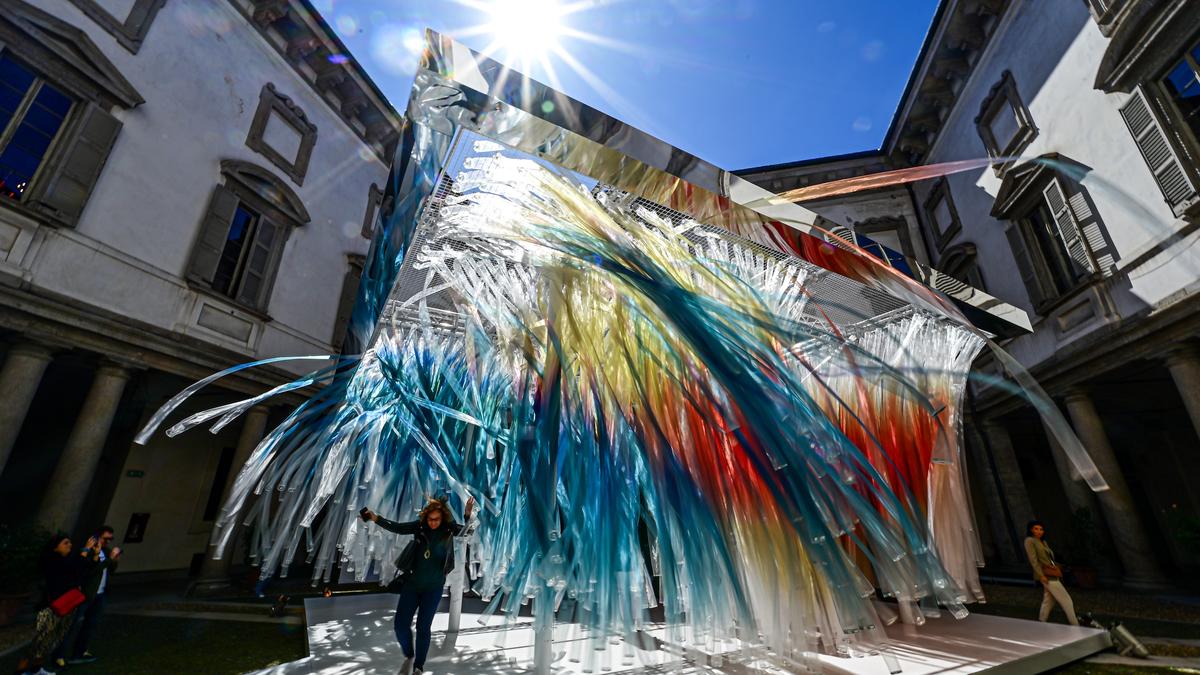
The stunning yet desolate remains of Dholavira are a lesson in the impact of climate change
The full moon is the timeless ambassador of the Rann Utsav. Dhordo in the Rann of Kutch in Gujarat opens its ice-white vastness of gritty, granular, dazzling salt to thousands of visitors from November till the end of February every year. The sun smoulders gold-orange-red in the west. The full moon rises ivory amidst the blue, turning gold then silver in the night sky. There is the exhilaration of natural phenomena, akin to the feeling of seeing the Northern Lights of Iceland’s winter solstice. Thankfully at Kutch’s Rann, the desert wind turns a soft chill, not freezing.
The Rann Utsav tent city has every conceivable package for cyclists, sexagenarians, honeymooners, extended family reunions, budget travellers with arrangements for delicious vegetarian dinners and lunches, tour coaches, hybrid transport and camel carts, living up to the eco-village dream. The Contemporary Art Gallery offers perspectives by new artists, saluting Gujarat’s inclination for vibrant colour against blanched deserts. The craft bazaars slake the thirst for Ajrak textiles and ethnic design-hungry generations of tourists bargain with shop owners. From Dhodra, our next stop is Dholavira and on the highway via Khavda, we encounter ‘The Road to Heaven’.
This is no euphemism. The 32-km stretch cuts through the Rann of Kutch lake, offering unmatched views of the lake and the endless salt beds. The whiteness of the salt has the brightness of snow. There’s no one to police or regulate this 32km single lane stretch with diggers continuing their metallic dinosaur scoop of salt, soil and sea as they widen the road to two lanes. Laying this single strip was a four-year project that was completed last year. In the distance, cowherds lead their cattle, walking for miles, some on their mobile phones, as they steer herds of nearly fifty sure-footed Indian bulls with the big horns that seem the living resemblance of the bull on the seals of Mohenjo-daro. We pass the military outpost of the India-Pakistan border, Karachi visible in the hazy distance.
The white desert is a non-religious pilgrimage to silence, salt, sand and reflection. On the sand-desert side, meandering like painted stick figures in a prehistoric cave painting, black water buffaloes wander against waves of dry sand in search of a water hole. It’s dazzling—both for the stark scenery and the sun that sizzles and sparkles on the salt. Driving and stopping we spot the shy grey flamingos in droves, pedalling the salt fray. You could, if you are extremely lucky, spot the highly endangered Great Indian Bustard on the clumps of marshes just before the wide salt lands. You see the white salt desert on one side, and on the other, flat desert sand without a shrub or scrub. Occasionally, a wild ass comes into view. The sensation is of variation in bareness; Rothko experimenting with blue, shades of latte and white.
To see the vanishing point for 32 km is in itself heaven, amid realities of bulldozers turning up the earth and two vendors walking a mile across the salt lake to set up a stall on the roadside with Bhuj embroidered fabric, the mirrors winking in the sun amidst orange, pink and black thread.
After an hour of an eerie, empty yet wondrous landscape, the cluster of villages, home mostly to cowherd families, comes as a surprise. Some children are going to school, pre-teen girls in home-embroidered clothes fetch water in steel tins. And then, bang! a sign for Dholavira.
DETECTIVES OF THE PAST
It’s 28 degrees with a swirl of fine dust in the gentle breeze. Amrit, our guide from the national museum at Dholavira takes us in Hindi back to 2500BCE. We trace layers of excavations in the last century, and my memory of reading R.C. Majumdar, H.C. Raychaudhuri and K. Datta’s An Advanced History of India comes flooding back. Early archaeological expeditions discovered Indus Valley terracotta seals, amphora and jewellery in pre-partition India. Post Independence, excavations in India took place in three phases: 1968, 1972, then again in 2000.
Dholavira, now a UNESCO World Heritage Site, in India hosts the Harappan dwellings that are the penumbra of the Harappan civilization. The excavations indicate a detective story that has a thriller element of disappearances as well. A farmer, while tilling the soil some metres away from where we stand, found pottery pieces in the earth churned up by oxen driving a plough in the 70s. Swift action by archaeologists resulted in tracing flint, beads, pottery and wheat husk 20 feet deep, speaking of three generations of people and their dwellings. Flints and chisels, working tools, found in the different digs and compared reveal workmanship that is similar to Mohenjo-daro.

These are ruins but there is no ghostly chill of devastation in Dholavira. It is clear this was a thriving city with possibly four generations of dwellers who left their mark with fortifications and the amenities for a trading township.
(Vayu Naidu)
A north face with a sports stadium-sized wall of stones lays bare a seating area for 10,000 people. Within the walled city are the remains of a fortified castle with a bailey and ceremonial ground, revealing a township that had robust trade and industry. There are rainwater harvest houses to the north, east and south of the citadel at different gradients. Of the tiered housing system, what remains are the chieftain’s bathing chamber, stairwells and water outflow systems.
In the remains of the round dwellings, it is poignant to see the sitting stone, where wheat was ground, and marked the centre of the house. It is not impossible to see that they once used the beadwork and the clay utensils that continue to be used by the Banni communities—a continuity of living of the past in the present. The stone walls and paved road to the water troughs are sophisticated with mortar made from dung, wheat chaff and clay. These are ruins but there is no ghostly chill of devastation. It is clear that this was a thriving city with possibly four generations of dwellers who made their mark with fortifications and the amenities for a trading township.
What do we make of it now? The tone of history books was undoubtedly fuelled with the excitement of excavating ancient the Indus Valley Civilization. The books unravelled a highly civilised community, marvelled at it because it was possibly deemed ‘primitive’, of the past. Older discussions about why these settlements were deserted centred around disease and plague, and not a story of a people vanquished by an external enemy. As Amrit brings us back to 2024, he explains how many mounds of soft fine earth were removed to reveal these bare stone walls and with it come layers of understanding.
‘Climate change’ was not a term used in the 1946 edition of Advanced History…that I read. Today, environmental meteorology engages with consequences of climate change, resulting in a picture of no rainfall, a global megadrought, dying cattle and trade depleting a prosperous settlement to extinction. In the expanse of stones in Dholavira is a lesson in what happens if we ignore changes in seasonal rainfall patterns and natural phenomena, which wipe out food systems and ways of living. As the water dried up, they reorganised their large cities and moved towards into smaller settlements, closer to water, finds a recent University of Cambridge study published in Nature. And moved again. And again. It’s a story that is so similar to what is happening to communities across India and the world. Why aren’t migrations caused by climate change today not taken more seriously? Engaging in and musing on these ideas would be the real road to heaven.
Vayu Naidu is with the Centre for Cultural, Literary and Postcolonial Studies at SOAS, London, and writes historical fiction.
Source | Powered by Yes Mom Hosting





